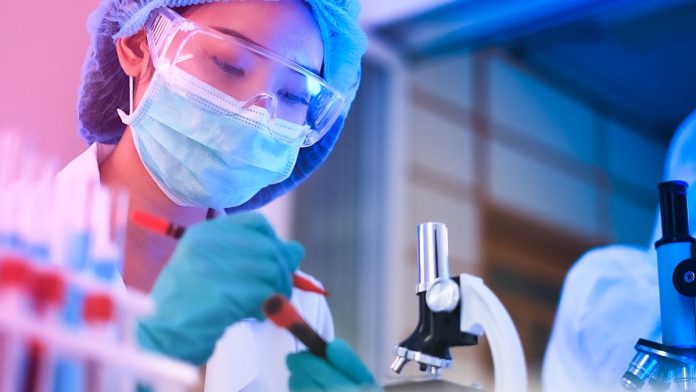Within analytical chemistry, the preparation of samples for analysis represents a very important phase; it must be done in the best possible way to avoid erroneous test results. Hence, developing a proper sample preparation method is not an easy task to perform. However, in this post we bring you a guide to help you follow the steps to approach this process effectively and achieve accurate and reliable results.
How Important is Sample Preparation?
Within the analytical methods sample preparation is an important step for different reasons. One of them is the fact that some materials such as DNA, ARN and proteins cannot be analyzed in situ ( for this last one tissue homogenization is used as an option). On the other hand, some samples may contain substances and elements that may cause a different result than expected. In addition, there are a variety of processes available for sample preparation such as filtration, dilution, extraction, reactions, treatment with chemical agents, etc.
Steps to Follow to Develop the Sample Preparation Method
Sample Preparation
Taking a sample is something that can be done from a wide variety of materials: cells, gases, solids, liquids. It is prudent to point out that incorrect sample preparation can have a negative impact on the subsequent stages of the analysis.
2. Defining the Analytical Objective
As a preliminary step to sample preparation, it is important to clearly define the analytical objective for which this action will be carried out. Consider the type of sample you’re going to evaluate, as well as the result you expect to obtain (chemical composition, contaminants, etc.). Keep in mind that the efficiency of the analysis will depend on the target analyte, the sample matrix and the instruments you have available for testing.
3. Selecting the Correct Sampling Method
When the time comes to collect the sample, it should be representative of the lot/bulk of the material or substance chosen. For this you will have different collection methods at your disposal from which you should choose the one that is most suitable for collecting and studying the target analyte. It is likely that you will need to take a representative sample from a specific area such as the side or center of the material so that you can analyze it properly.
4. Perform Sample Pretreatment
After using the preferred devices to take the required samples: liquid sampler, solid product sampler, waste sampler, air sampler… The next thing to do is to preserve it and prepare it for analysis. For the pretreatment phase, there are different techniques among which are distillation, enzymatic treatment, precipitation by chemical reaction, liquid to liquid (LLE), as well as solid phase extraction. Which one is the most appropriate will depend on the target analyte. Taking into account the protocol to be followed, sample pretreatment is considered a purification process that is applied prior to instrumental analysis and has the purpose of separating and enriching the targets from the sample matrix.
In addition, pretreatment aims to eliminate or minimize complex matrix interferences so that the sample is presented in a form compatible with instrumental analysis. This makes sample pretreatment be seen as an essential process for the improvement of analytical performance, being also applicable in food quality monitoring, biological quantitative detection, environmental contamination control, forensic identification, etc. Also, this process is crucial in order to ensure the accuracy, precision and sensitivity of the analysis you carry out on the sample. You also need to optimize the sample preparation conditions in order to best match the analyte.
5. Validate the Selected Sampling Method
One thing you should keep in mind when carrying out the sample collection is to make sure that the method used in this procedure is validated. This will give you the assurance that it meets the necessary criteria and is suitable for the analytical tests you want to perform. During the method validation process, factors such as accuracy, precision, linearity, selectivity and sensitivity will be taken into account. If these criteria are met, you will be able to use the method for routine analysis. However, you will need to monitor the method over time to ensure that it continues to meet these standards.
6. Document the Selected Method
Recording the development of the sampling method in writing is necessary to ensure that the analysis you perform can be reproduced by others over time. So, when documenting your work, note every step taken during the analysis. Do not omit details related to extraction conditions, pretreatment methods, validation, among others. You should make sure that the documentation is clear and concise to provide evidence that the method you have chosen was applied correctly. This will also serve to help other scientists who plan to follow the same procedure as you. Don’t forget to comply with the documentation regulations established by the FDA.





